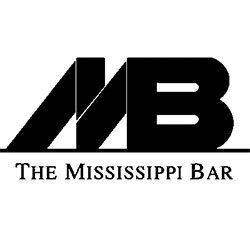PRACTICE AREAS
SUBSCRIBE TO OUR BLOG
SUBSCRIBE TO OUR BLOG
ASSOCIATIONS
Madison County Bar Association
Fundamental Principles of Contract Interpretation – Part 4

Contract Interpretation
This is the fourth article on Fundamental Principles of Contract Interpretation. Read the first three here
, here
, and here
. (Related article
“Do I need a Written Contract?”)
Time to call in the factfinder.
In our previous articles, we discussed the role of the judge in contract interpretation. That role can be summarized as follows:
- The question of whether an agreement is ambiguous is a question of law. Therefore, the judge makes this decision.
- If the judge rules that the agreement is ambiguous, the judge then uses rules of interpretation to resolve the ambiguity. As our previous articles show, there are many such rules of interpretation.
- When application of the rules does not resolve the ambiguity, then it is up to the factfinder to determine the parties’ true intent. In most cases, the factfinder is the jury. In non-jury cases, however, the judge will also act as the factfinder.
What can the factfinder consider?
When the contract is ambiguous and the rules of interpretation do not resolve the ambiguity, then the factfinder may consider “extrinsic evidence.”
The term “extrinsic evidence” simply means evidence that is outside the “four corners” of the agreement. This evidence is also called “parol evidence.” (The word “parol” should be distinguished from the criminal term “parole”.)
Extrinsic evidence can take many forms. Some examples include:
- Prior drafts of the agreement.
- Letters, e-mails and other written communications between the parties that pre-date the signing of the final contract.
- Oral testimony from the parties about what they intended.
- All of the circumstances surrounding the parties and their transaction at the time.
Extrinsic evidence is used to explain ambiguities in a contract, not to contradict or vary its terms.
Trust an attorney to draft your contract.
As this article demonstrates, when a dispute arises regarding a properly drafted contract, a judge can usually resolve the dispute early on.
With a poorly drafted agreement, however, you run the risk of having to take a lawsuit all the way through a jury trial to have the dispute resolved.
If you need an agreement drafted or reviewed, contact the Panter Firm at 601-607-3156 for a consultation.
Panter Law Firm, PLLC, 7736 Old Canton Road, Suite B, Madison, MS 39110.
www.craigpanterlaw.com.
Craig Painter
The post Fundamental Principles of Contract Interpretation – Part 4 appeared first on Panter Law Firm, PLLC.








